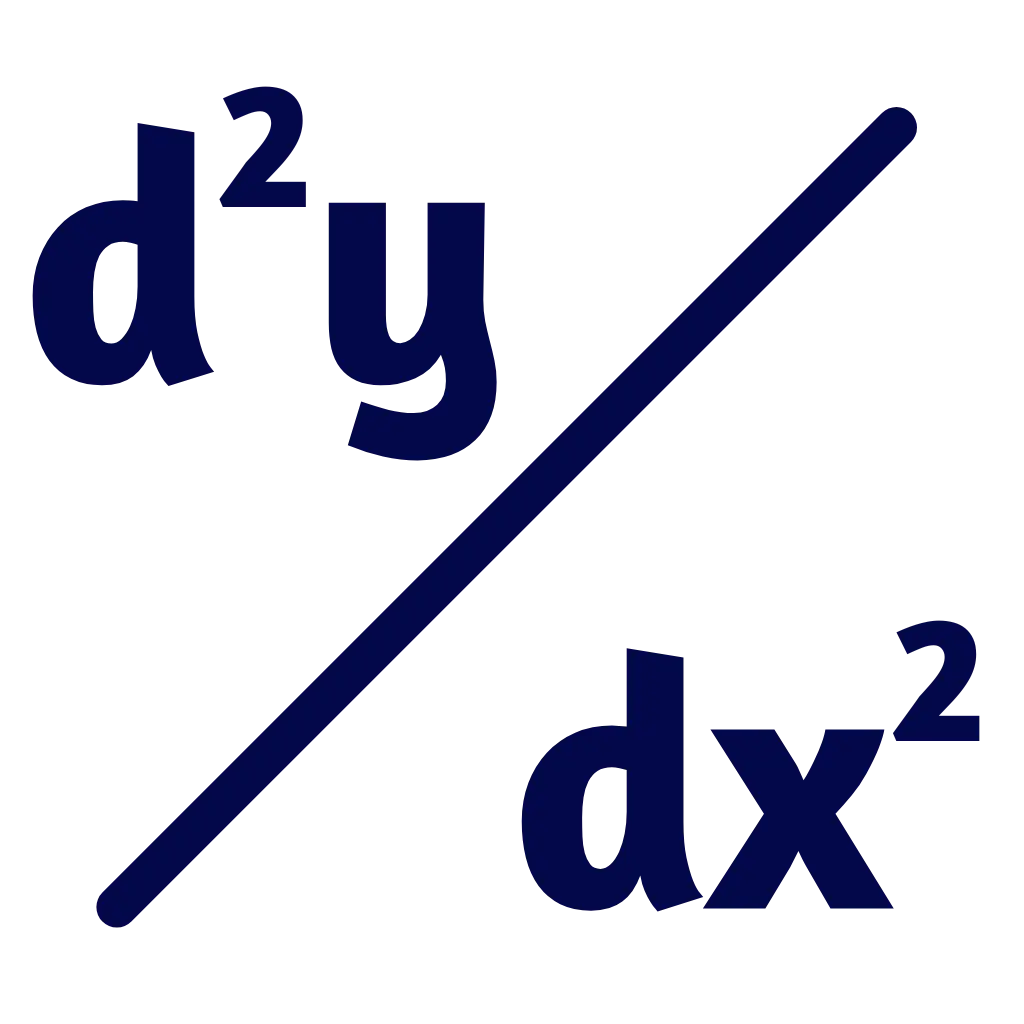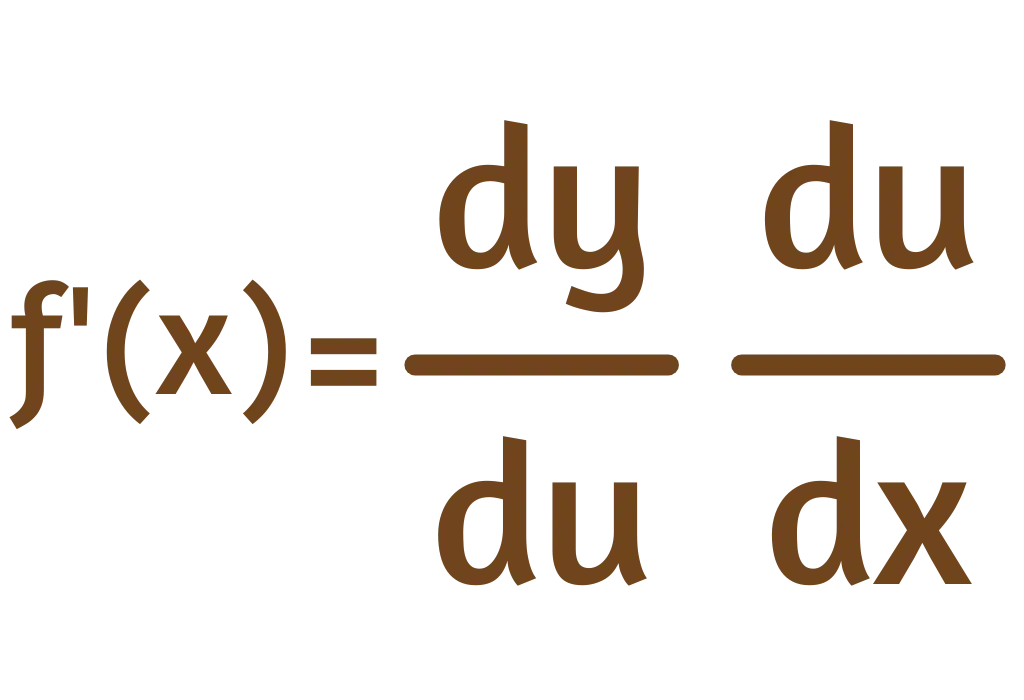Introduction to the Derivative at a point Calculator
The point differential calculator is an online freely available tool for finding the derivative of the given function at a particular point. It is a tool that compute the slope of the line tangent at some specific point.

The derivative of a function at a point calculator makes the calculations easier and faster. It evaluates the derivatives in no time and gives you error-free results. This makes it easier to find high-order derivatives.
What do you know about the Derivative Calculator at a point?
A point differential calculator is an online tool that calculates the momentous change in the function or the change in slope of a tangent at a particular point.
In this calculator, the derivative of the given function at a specific point is calculated. The derivative at point calculator finds the average value of that given function at a particular point, allowing you to not only determine the slope or rate of change but also gain insights into the behavior of the function at its extreme points. Click here and try our extreme value calculator.
Formula for the Derivative at a Point Calculator
The derivative at a point calculator is a tool that uses the same formula used in the differentiation calculator. The following are the formulas used for derivative functions at different points.
$$ f'(x) \;=\; \lim\limits_{Δx \to 0} \frac{f(x+Δx)-f(x)}{Δx} $$
at some point x=a
$$ f'(a) \;=\; \lim\limits_{Δx \to a} \frac{f(x)-f(a)}{x-a} $$
This the the formula used in the derivative at point calculator for doing all of its calculations.
Let's get this concept with a following example:
Example: Find the derivative of a function f(x) = x3 at any point x.
Solution: According to the above-mentioned formula:
$$ f'(x) \;=\; \lim\limits_{t \to x} \frac{f(t)-f(x)}{t-x} $$ $$ f'(x) \;=\; \lim\limits_{t \to x} \frac{t^3-x^3}{t-x} $$ $$ f'(x) \;=\; \lim\limits_{t \to x} \frac{(t-x)(t^2+tx+x^2)}{t-x} $$ $$ f'(x) \;=\; \lim\limits_{t \to x} (t^2+tx+x^2) $$
putiing the limit t approaches to x, this will implies
$$ f'(x) \;=\; (t^2 + x \cdot x + x^2) $$ $$ f'(x) \;=\; 3x^2 $$
Hence, this will show that the derivative of a function x3 at some point "x" is 3x2.
Related: Also try our calculator second derivative for differntiate the above function twice.
How does the Derivative of function at a point Calculator Works?
To find the Point Differential Calculator, usually following steps are performed to calculate the derivative of given functions and the slope of the tangent:
Step 1: Open the calculator page, and put the function in "Enter Function".
Step 2: Now select the order of derivative from the drop-down list i.e 1st,2nd,3rd,..., how many times you want to differentiate the function.
Step 3: Then put the value of a point "x" at which you wish to take the derivative (derivative at a point).
Step 4: After entering all the values just click on the "CALCULATE" button. The derivative calculator at a point will evaluate the slope of the tangent of the given function.
Finally, the results of your given differential results are displayed on your screen. After evaluating the differential function, refresh the page for new calculations.
Note: Explore our range of calcuoators beyond the derivative at point calculator i.e approximate value calculator and normal line calculator that makes your mathematical explorations even more comprehensive.
How to find the Point Differential Calculator?
The following steps are to be followed for finding the derivative at a point calculator:
You can find our derivative calculator at a point online through search engines like Google or Bing by simply typing relevant keywords like derivative of function at a point calculator. If you're a frequent user of our website, you can also find it on the homepage of our website.
Moreover, this will also let you know about our other derivative tools like partial differentiation calculator and dy/dx calculator.
Benefits of Derivative at a point Calculator
The online tools make the life of the researchers easier by providing them with the facilities of doing fast and accurate calculations. Now the users want to work smarter instead of harder.
Following is the list of some perks of using this derivative of the function at a point calculator:
- The derivative point calculator helps to find the derivative of the given function at a certian point.
- It makes accurate, reliable calculations without any errors.
- The user interface of this online tool is very friendly.
- This derivative of the function at a point calculator gives you results in a fraction of a second.
- The derivative at-point calculator gives the solution with step-by-step instructions.
- This online tool has unlimited access, the user can practice as many examples as he/she can without any premium plan.
So hopefully you will find this tool helpful for you. Moreover, we also offer graph derivative calculator to get the visual analysis of this calculation. Have a happy learning.

















